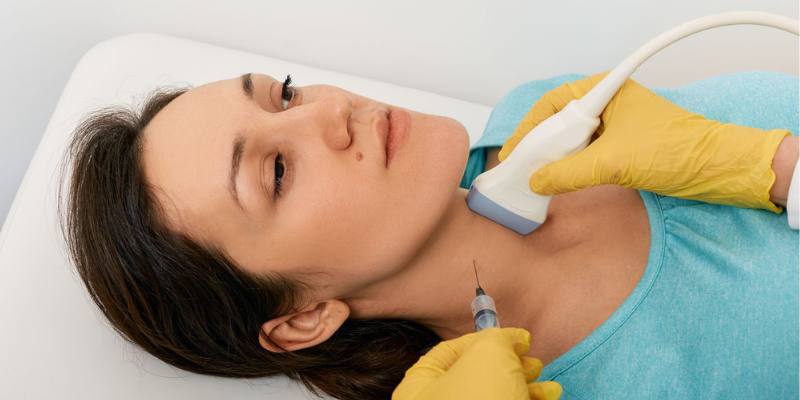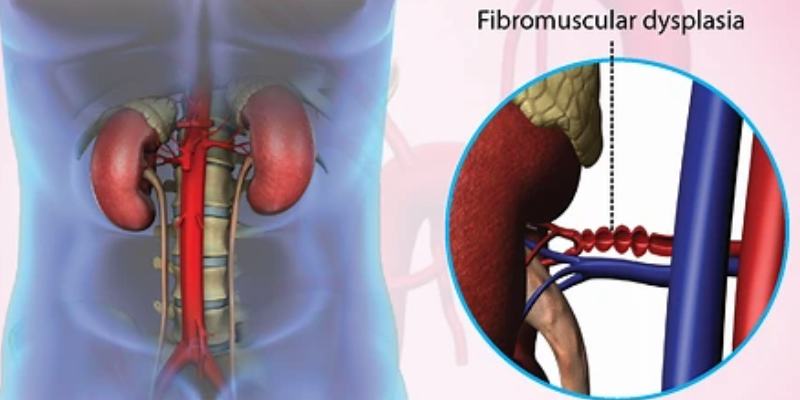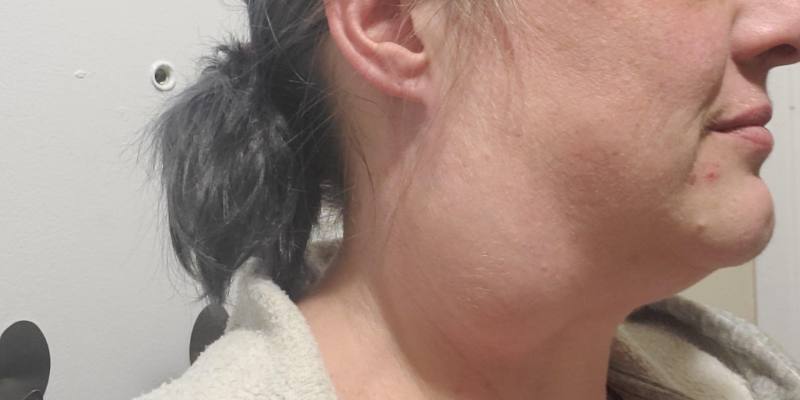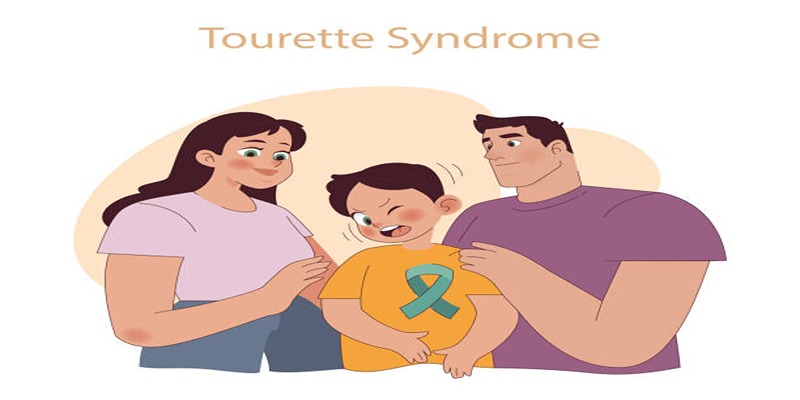Branchial Cleft Cyst: Explore Its Early Signs and Diagnostic Methods
A branchial cleft cyst is a congenital abnormality that can develop in the neck. It arises from the incomplete development of the branchial apparatus during embryonic development. Although they are typically harmless, they can cause discomfort, pain, and complications if left untreated. Early detection and diagnosis of a branchial cleft cyst are essential to prevent long-term issues.
This article will explore the key signs and diagnostic methods for identifying a branchial cleft cyst. It also ensures you understand how to recognize this condition and seek timely medical intervention.
Early Signs of a Branchial Cleft Cyst:
Branchial cleft cysts can be present at birth, though they may not become noticeable until later in life. They often appear as a lump or swelling on one side of the neck and range from small to large. Here are some common signs to watch for:
- Painless Neck Lump or Swelling:
The most common sign of a branchial cleft cyst is a painless lump or swelling on one side of the neck. This is typically noticed during childhood or early adulthood.

- Swelling That Increases in Size:
Over time, the cyst may gradually increase in size. The swelling might be more noticeable when the person has a cold, an infection, or after physical activity.
- Redness or Tenderness in the Area:
The cyst may sometimes become inflamed, leading to redness, tenderness, or pain. This can happen if an infection develops within the cyst.
- Fluid Drainage from the Cyst:
Sometimes, the cyst may rupture, leading to drainage of fluid or pus. This could cause a foul-smelling discharge, and the site may become infected.
- Recurring Infections:
A branchial cleft cyst can become infected multiple times over the years, leading to recurrent episodes of swelling, pain, and tenderness in the neck area.
- Difficulty Swallowing or Breathing:
If the cyst becomes large enough, it may press on nearby structures like the throat or airway. This could cause difficulty swallowing, breathing problems, or a sensation of something being stuck in the throat.
- Visible Mass or Enlargement Near the Jawline:
In some cases, the cyst may be located near the jawline, making it visible to the naked eye. This can appear as a soft mass or bulge under the skin.
- Pain or Sensitivity When Pressed:
While many branchial cleft cysts are painless, some may be tender to touch, especially when applying pressure. The sensitivity might worsen if the cyst becomes infected.
Diagnostic Methods for Branchial Cleft Cyst:
Diagnosing a branchial cleft cyst generally involves a physical examination, medical history review, and specific imaging tests to confirm the presence and size of the cyst. Here are the standard diagnostic methods used by healthcare professionals:
- Physical Examination:
A thorough physical examination is the first step in diagnosing a branchial cleft cyst. The doctor will check for any swelling, tenderness, or lumps in the neck. They will also assess the cyst's location and size to determine if it fits the pattern of a branchial cleft cyst.
- Ultrasound Imaging:
An ultrasound is often the first imaging test performed. It is a non-invasive procedure that uses sound waves to create an image of the cyst. This helps doctors assess the cyst's size, shape, and location and determine whether it is filled with fluid or solid material.
- Fine Needle Aspiration (FNA):
The doctor may perform a fine needle aspiration if the cyst is suspected of infection or has unusual characteristics. This involves using a thin needle to draw fluid from the cyst for testing. The sample is examined under a microscope to determine whether it contains signs of infection or abnormal cells.

- Blood Tests:
Blood tests may be ordered to check for signs of infection or inflammation. Elevated white blood cell counts can indicate an ongoing infection, which may require antibiotic treatment.
- Laryngoscopy or Endoscopy:
A laryngoscopy or endoscopy may be used if the cyst is near the airway or throat. This involves inserting a thin tube with a camera into the throat or nose to examine the area and ensure that the cyst is not interfering with breathing or swallowing.
Treatment Options for Branchial Cleft Cysts:
Treatment for a branchial cleft cyst depends on its size, symptoms, and whether it is infected. The goal is to prevent complications and avoid recurrence. Here are the main treatment options:
- Observation:
Doctors may recommend observing it over time if the cyst is small, asymptomatic, and not causing problems. Regular follow-ups can ensure that the cyst does not grow or cause issues.
- Antibiotics for Infection:
If the cyst becomes infected, antibiotics may be prescribed to treat the infection. This can help reduce swelling and pain. The cyst may sometimes drain on its own once the disease is treated.
- Surgical Removal:
The most effective treatment for a branchial cleft cyst is complete surgical removal. This is typically done under general anesthesia. The goal is to remove the entire cyst to prevent it from recurring. Surgery is often recommended if the cyst is causing symptoms like pain, difficulty swallowing, or frequent infections.
- Drainage of an Infected Cyst:
If the cyst is infected and causing significant pain or swelling, drainage may be performed as an emergency. A small incision allows the pus or fluid to drain out. This provides relief but does not address the underlying cyst. Further treatment, such as surgery, may still be necessary.
- Post-Surgical Care:
After surgery, proper wound care is essential to prevent infection and promote healing. The doctor will provide instructions on how to care for the incision site. Follow-up appointments are necessary to ensure that there is no recurrence of the cyst.
Conclusion
Branchial cleft cysts are relatively common congenital conditions that can cause noticeable lumps or swelling in the neck. Recognizing the key signs and understanding the diagnostic methods is crucial for early intervention and effective treatment. If you notice symptoms of a branchial cleft cyst, it's essential to consult a healthcare provider to ensure proper diagnosis and treatment.
Prompt treatment, especially surgical removal, can help prevent complications and improve the quality of life. If you suspect a branchial cleft cyst, don't hesitate to contact a healthcare professional for proper evaluation.












